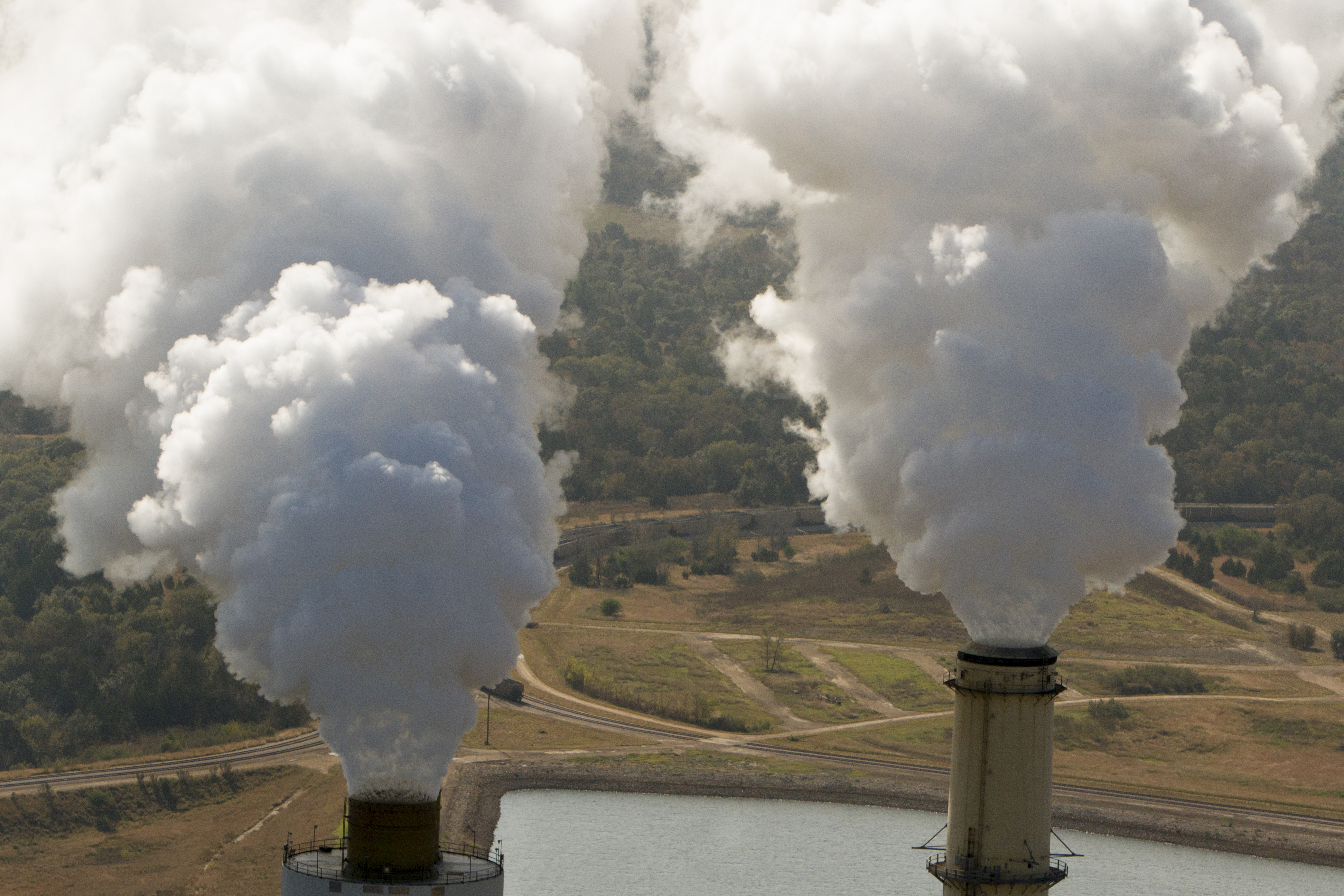After decades of environmental policy and citizen advocacy, air quality in the United States has dramatically improved. However, many of the inequities in exposure to air pollution that spurred the creation of the Clean Air Act still persist. A new report from the Sierra Club estimates that coal-fired power plants still cause 3,800 premature deaths per year due to particulate matter pollution–and just ten percent of plants are responsible for over half of these deaths.
The report – Out of Control: The Deadly Impact of Coal Pollution – explores the extent of particulate pollution from coal-fired power plants, where that pollution is felt, which plants and parent companies are most responsible, and what authority and responsibility resides with the Environmental Protection Agency to fully implement the Clean Air Act’s protections to ensure all communities have clean air.
Which counties are most harmed by coal particulate matter? Alleghany County in Pennsylvania and Cook County in Illinois roughly tie for the most premature deaths from coal - althoughCook County is hundreds of miles away from any large coal-fired power plants. Particulate matter pollution from coal blankets the country. Far from being an isolated problem in “coal country,” particulate pollution harms everyone. Some states are “importers” of particulate pollution, meaning they experience more harm than they cause. Other states “export” a lot of pollution and its burden to other states. For example, the report finds that particulate matter pollution from the remaining coal fleet causes an estimated 234 premature deaths per year in New York, despite the state having retired all of its own coal plants.
The report estimates that 15 utility parent companies own half of America’s remaining coal capacity and are responsible for over 60 percent of premature deaths from coal particulate pollution. The majority of these utilities have either non-existent or hollow commitments to reducing their climate-altering pollution, lacking measurable steps towards replacing their coal plants with clean energy. Unfortunately, the utilities which are causing the most harm from air pollution aren’t planning to do enough (or anything) to change.
The Clean Air Act requires the EPA to set strong National Ambient Air Quality Standards (NAAQS) to protect Americans from exposure to harmful levels of air pollution. For many counties with high particulate matter levels, retiring coal could make the difference between having safe air to breathe or not. However, it’s important to note that even a stronger NAAQS would not necessitate that any coal plants retire. Instead, EPA is able to directly impact the highest polluting power plants through existing rules on cross-state air pollution, regional haze and others. Strengthening or enforcing these rules within Biden’s first term presents an opportunity to rapidly improve the health of millions of Americans.
The biggest solution to this pollution problem, however, is to replace all coal plants with clean energy - a move that the Beyond Coal campaign is advocating to happen by 2030. Every person living in this country - regardless of zip code, income, or race - has the right to live safely in their communities without the risk of deadly air pollution.
Reducing pollution also eases economic burdens on households across the country, where unsafe levels of soot lead to increased asthma attacks, trips to the hospital, and lost work days. The Biden Administration has a critical opportunity to reduce these health and economic burdens at the same time it works to deploy hundreds of billions of dollars in investments in low-cost clean energy through the Inflation Reduction Act.
